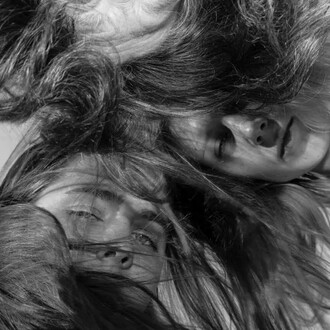Jason Berger: American Fauve traces the artistic lineage of Jason Berger (1924-2010), drawing connections between the Boston Expressionist painter and his Fauvist antecedents. Known for his exuberant landscapes and joyful outlook on life, Berger's use of vibrant, saturated colors and expressive brushwork place him firmly within the legacy of Fauvism.
Led by Henri Matisse (1869-1954) and André Derain (1880-1954), Fauvism was an early 20th Century art movement concerned with the expressive potency of color. Working together in the south of France in 1905, Matisse and Derain introduced highly saturated colors and bold, undisguised brushwork into their paintings, favoring simplification and abstraction over naturalistic representation. The paintings caused a sensation when they were exhibited at the Salon d'Automne in Paris later that year. Initially ridiculed for their bold coloration and seemingly wild paint application, art critic Louis Vauxcelles dubbed the group Les Fauves, or "the wild beasts".
Following his graduation from Boston's School of the Museum of Fine Arts in 1949, Berger was awarded the school's European Traveling Fellowship and departed for France. He eagerly absorbed the work of the Fauves and other French modernists; "It was a significant time to go to Europe since Bonnard, Matisse, Dufy, Picasso, and Braque were all still living there and showing their work." In 1952, after viewing an exhibition of Matisse's cut-outs at the Maison de la Pensée, Berger was fortunate enough to run into the aging artist at a nearby café.
By the early 1950s, Berger had thoroughly fallen under the influence of the Fauves. Gone was the dark, moody palette of Boston Expressionism, which he had previously embraced – and in its place, a riot of pure color. Paintings such as Hotel lobby, Patzcuaro, 1972/74 bring to mind Matisse's Fauvist icon Open Window, Collioure, 1905. Both compositions are sited on the threshold, interior scenes unfolding upon views of the natural world. Like Matisse, Berger employs a maximum intensity of color, relying on broad areas of complementary hues to create contrast and spatial depth. Expressive color, line, and brushwork activate both compositions, drawing the viewer into the space. For Berger, just as Matisse, the open window or doorway became a central motif in the artist's oeuvre.
Jason Berger: American Fauve celebrates Berger's Fauvist palette, bringing together outstanding examples of the artist's landscapes and studio paintings. Fauvism offered Berger a visual language to express his unique joie de vivre, allowing his paintings to blossom with vibrant pigments and a sense of joyful spontaneity.



![Jason Berger, [Seated woman], 1960. Courtesy of Childs Gallery](http://media.meer.com/attachments/8dada7fd2e12e2bef136f1de5c00231f7669e3be/store/fill/410/615/5d5ad273b8e2ae29255205e060815931e975717cf6f697ce2cd6b50d5c28/Jason-Berger-Seated-woman-1960-Courtesy-of-Childs-Gallery.jpg)












